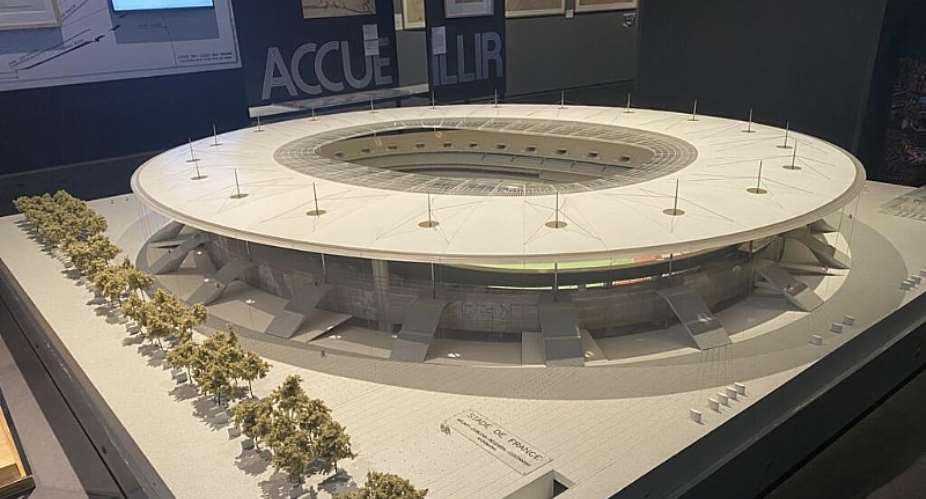In the run-up to the 2024 Olympic and Paralympic Games, the Paris' museum of architecture and heritage is taking a closer look at the history of stadiums in France, such as the Stade Vélodrome in Marseille or the Stade de France in Saint-Denis near Paris.
The exhibition Il était une fois les stades (The age of stadiums) looks at the invention of the modern stadium in France through three different angles: democratisation, performance and globalisation.
"The aim of this exhibition is really to encourage as many people as possible to think about stadiums and their architecture," Emilie Régnault, curator of the exhibition at the Cité de l'architecture et du patrimoine in Paris, told RFI.
Open-air stadiums emerged between the two World Wars in France, as public policies were developed to boost sports. They became an integral part of the modern city in many countries.
The rise of mass sport in the 20th century transformed the stadium into more than just a major public facility, they became monuments in their own right and tourist attractions.
"The growing number of international competitions was one of the catalysts driving remarkable architecture that was designed to seat as many people as possible," Régnault says, adding that ball games have been at the heart of this trend.
"From 1924 onwards, France embarked on a quest to build its grandest stadium, which eventually gave rise to the huge Stade de France in 1998 - with a capacity of 80,000 spectators".
It was designed by Michel Macary, Aymeric Zublena, Michel Regembal and Claude Costantini.
Il était une fois les stades (The age of stadiums) runs from 20 March to 16 September 2024 at the Cité de l'Architecture et du patrimoine in Paris.





 Let’s be true believers, not just church goers – Catholic Priest to Christians
Let’s be true believers, not just church goers – Catholic Priest to Christians
 Ejisu by-election: "We don’t need an independent candidate" — Akufo-Addo fights ...
Ejisu by-election: "We don’t need an independent candidate" — Akufo-Addo fights ...
 Election 2024: Bawumia dares Mahama to two-man debate as he starts countrywide t...
Election 2024: Bawumia dares Mahama to two-man debate as he starts countrywide t...
 'Borla' BVDs: 'Why would anyone want to buy 10 used biometric devices 'hard-code...
'Borla' BVDs: 'Why would anyone want to buy 10 used biometric devices 'hard-code...
 Professor Jane Naana pays last respect to Modestus Ahiable
Professor Jane Naana pays last respect to Modestus Ahiable
 IT is a major skill needed for the job market - Industry Players
IT is a major skill needed for the job market - Industry Players
 Nungua Traditional Council performs “Jenten Nishwamo” ahead of Homowo
Nungua Traditional Council performs “Jenten Nishwamo” ahead of Homowo
 Tema residents demand end of dumsor
Tema residents demand end of dumsor
 A vote for Owusu Aduomi is a vote gor NDC – Bawumia tells Ejisu residents
A vote for Owusu Aduomi is a vote gor NDC – Bawumia tells Ejisu residents
 S. Africa's ex-president Zuma makes surprise comeback
S. Africa's ex-president Zuma makes surprise comeback
